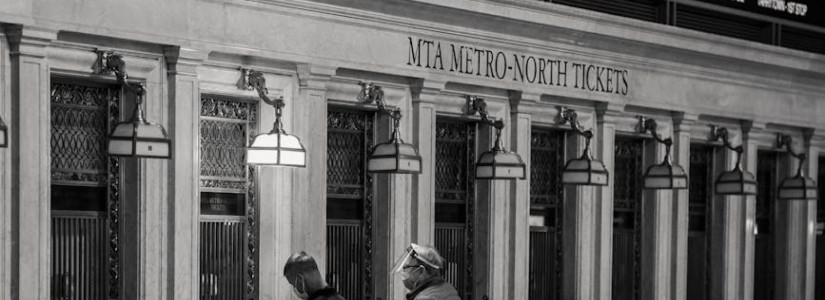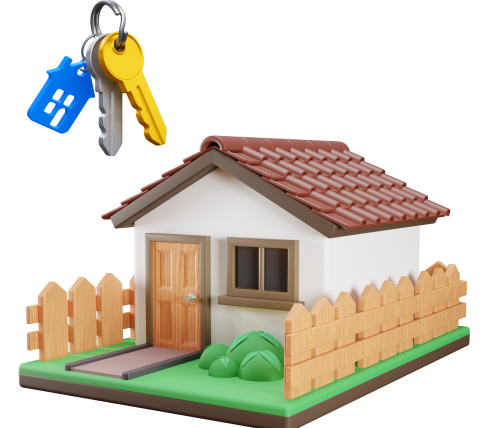The NAHB Homebuilder Index Continues to Recover
Homebuilders are one of the sectors of the economy that are the most sensitive to swings in the economy. They are the first to pull up their stakes when economic activity begins to slow and one of the last industries to return to work when things recover. Predictably, the monthly index of homebuilding activity is expected to show a lack of confidence when the June survey is released. Due to the recession that began in February right before the COVID-19 pandemic hit in full force, the National Association of Homebuilders builder confidence index is forecast to remain below 50, the mark at which homebuilders exhibit a lack of faith in economic conditions.
In the wake of the Great Recession, homebuilders took a long time to resume their full activities. The last housing crisis was a near-death experience for many of the major homebuilding companies, and it took years after the end of the recession for them to both clear a supply overhang and regain confidence that the economic recovery was here to stay. Homebuilders' business models require them to continuously turn over their inventory because they cannot be left holding scores of unsold property at once. In other words, they rely on payments from buyers to finance the completion of the housing units and to start other developments.
People look to the NAHB Index as a barometer for the overall health of the U.S. housing market. Specifically, this study asks homebuilders to give their assessment of market conditions both now and six months into the future. Predictably, when the economy closed in March, the NAHB Index sank all the way down to 30, which demonstrates extreme bearishness on the part of homebuilders. Like the rest of the economy, homebuilding is beginning to recover. The June measure of the NAHB Index is expected to recover to 45. This means that homebuilders have rapidly regained confidence in the direction of the economy.
Housing Prices Remain Strong and Continue to Spur New Home Buying
One thing that may be spurring the recovery for homebuilders is the fact that housing prices and demand do not seem to have been impacted by COVID-19. In fact, prices have been resilient as buyers have been spurred to remain in the marketplace due to historically low interest rates.
Another factor that is causing homebuilding confidence to recover is the fact that supply of single-family homes still is not enough to meet demand. People still need to move, even in the midst of a pandemic. However, they face the reality of a market that still lacks choices for them. It is compounded by the fact that many people who would have otherwise moved during the spring selling season are staying put, keeping even more supply off the market.
In addition, the dynamics of the housing market have caused homebuilders to take stock and realize that the long-term future for the industry is not as bleak as it initially seemed when the economy closed in March. Many of the people who have been impacted by COVID-19 are service sector workers who would not have been in the market for a new home. In other words, the universe of potential buyers has not shrunk much as those with the income have largely been unaffected. In addition, job losses have been concentrated among millennials who are also not prominent in the market for new single-family homes.
The Federal Government Is Committed to Propping Up the Economy
Finally, homebuilders have also begun to realize that the federal government and Federal Reserve Bank learned the lessons of the Great Recession. The government seems committed to backstopping the entire economy, including the housing markets. They have taken extraordinary steps to make sure that the credit markets do not freeze up and cease to function. As a result, people can still get loans for a new home. Not only can they obtain mortgages, but that money also comes at a much cheaper price.
While many have begun to realize that the economic recovery will not take on the V-shape as hoped, housing is much more likely to see a quick rebound than any other sector. The Fed has promised that interest rates will remain at or near zero for the foreseeable future. As a result, housing may be what leads the U.S. out of a recession. Thus, look for continued strength in the NAHB Index in the coming months provided there is not a second economic shutdown.









